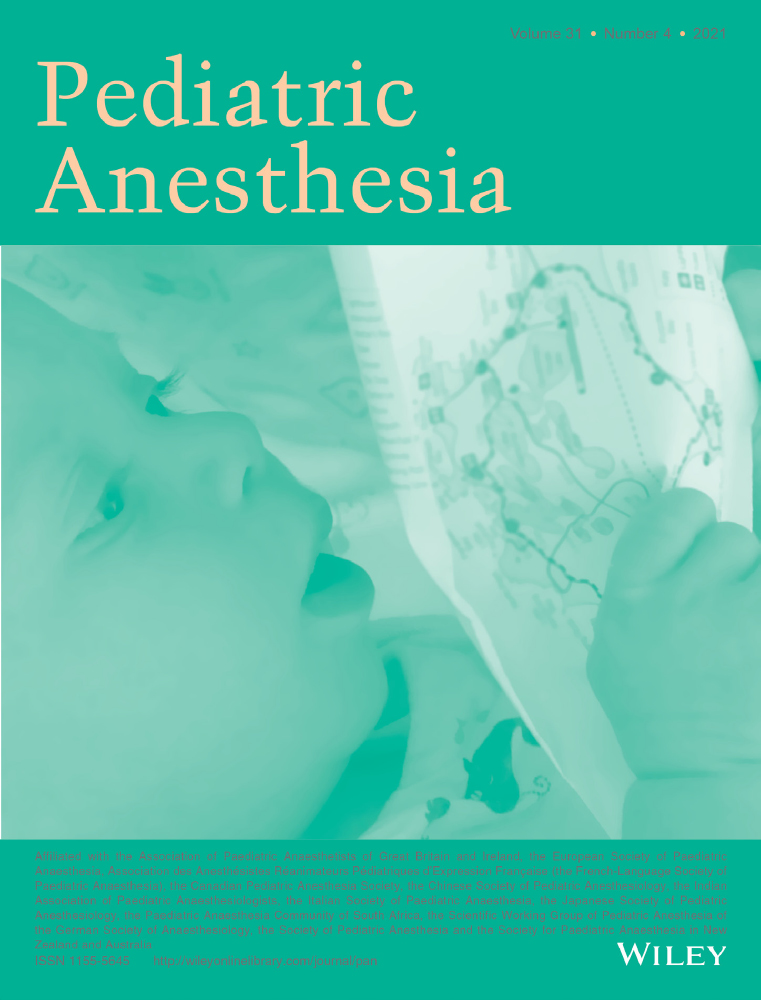“You can’t make me!” Managing adolescent dissent to anesthesia
Abstract
When adolescents require health care, the need to obtain consent from the parent/legal guardian and assent from the patient can create the potential for an ethical dilemma when these two parties are not in agreement. Here, we describe a representative and common case scenario in which both parent and adolescent patient gave consent and assent, respectively, with a full understanding of the risks and benefits of the procedure and anesthetic. At the time of anesthetic induction, however, the patient expresses that she no longer wishes to have the procedure. We identify a number of considerations that inform the ethical analysis of such cases and offer recommendations about the most appropriate path forward for a practitioner faced with a difficult decision about how to respond.
Podcast
Pediatric Anesthesia Podcast - Featured Article of the Month, April 2021
Open Research
DATA AVAILABILITY
Data sharing is not applicable to this article as no new data were created or analyzed in this study.




